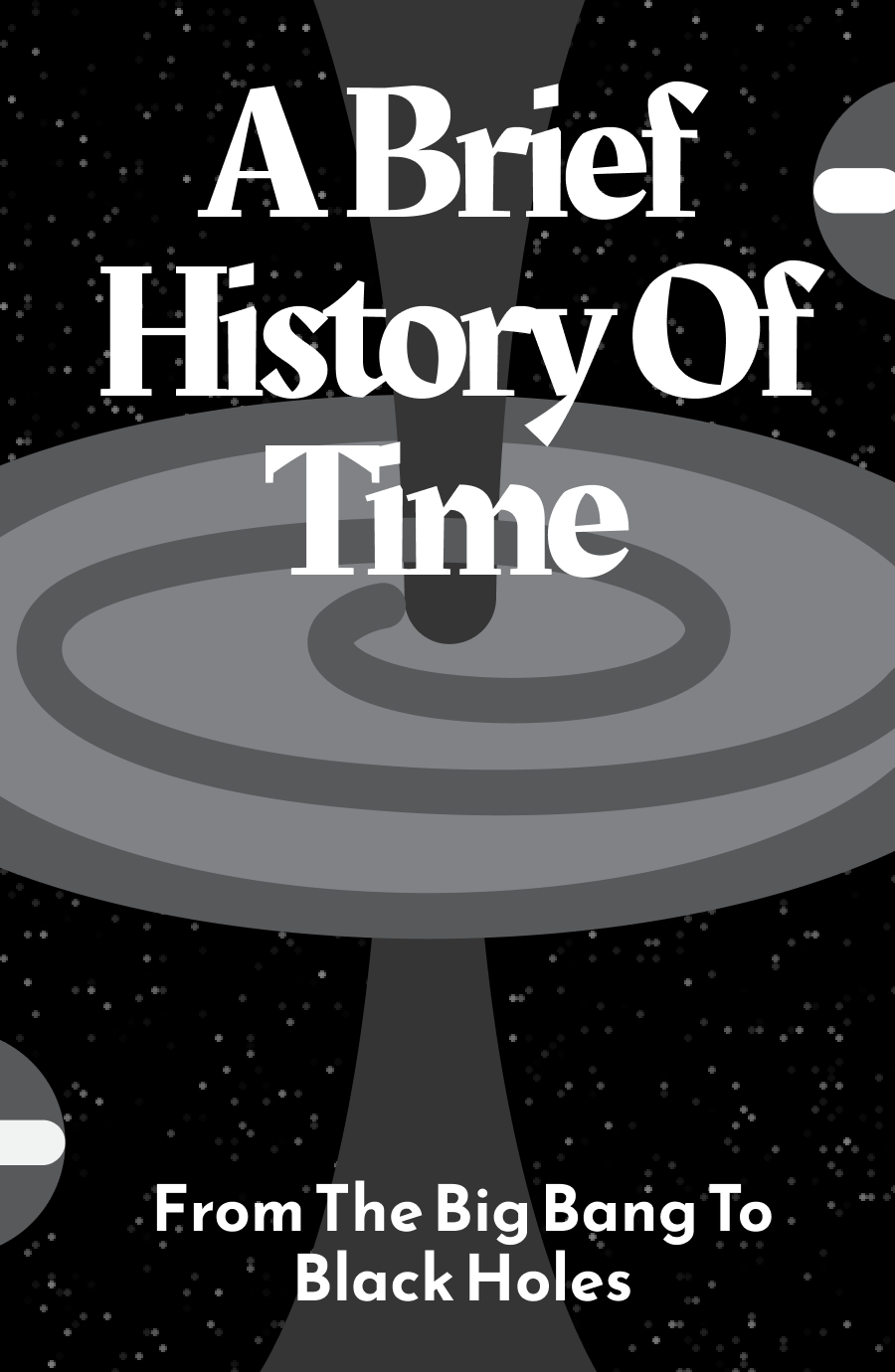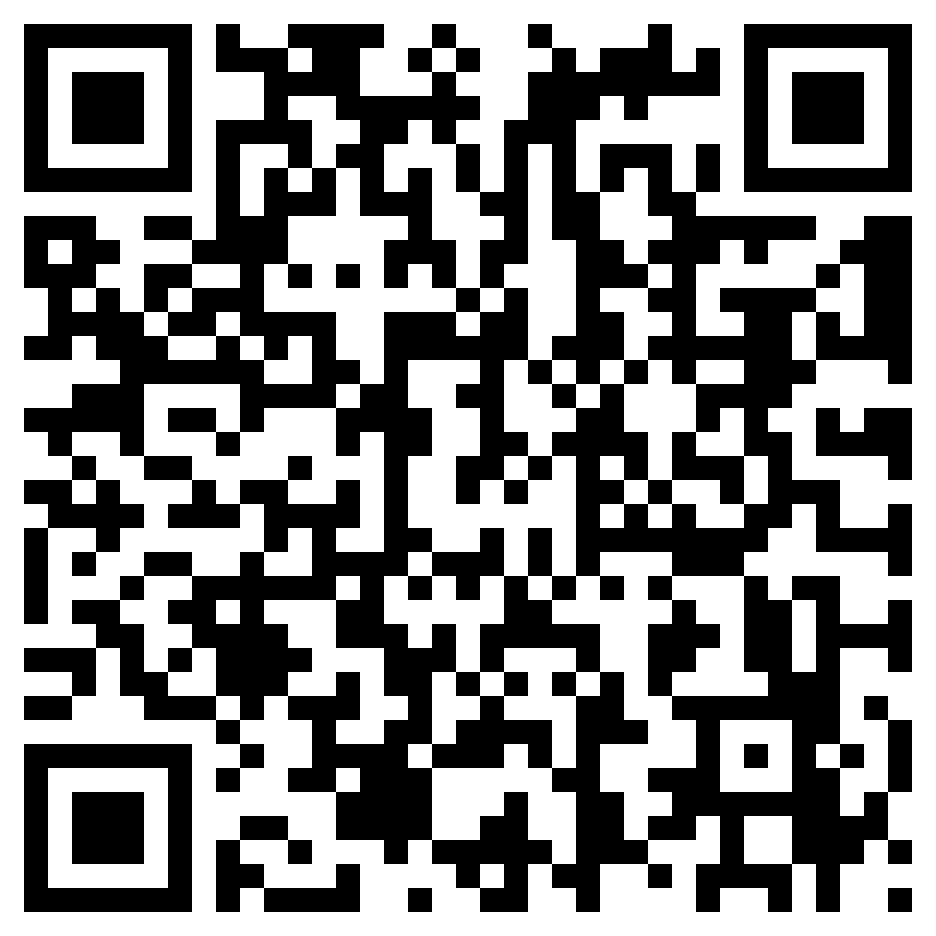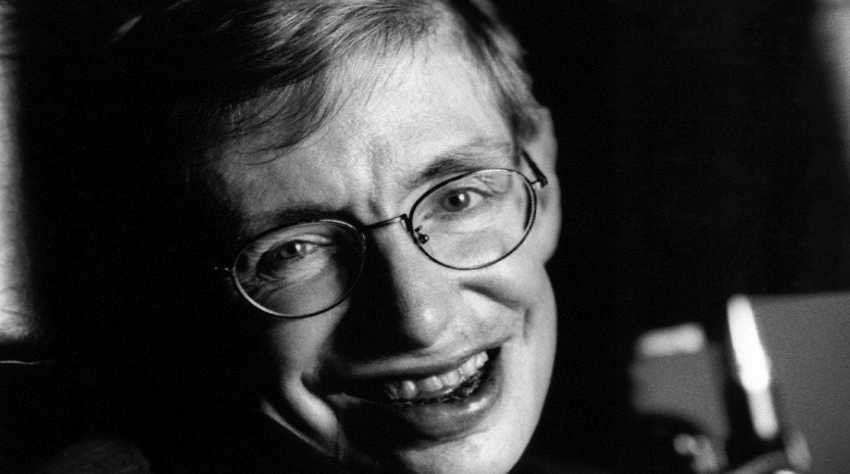Lesson 1. Theories are Important but not Sacrosanct.
There is always a chance that a particular theory may get disproved. They are not sacrosanct and if new data contradicting a theory is found, they can be invalidated, disproved or reformed. This makes the process of making theories based on observations, a constantly evolving process. For example, Aristotle believed that the Earth was round, despite the common belief among most people, that it was flat. However, he also believed that the Sun went round the Earth and not the other way round. Later, in 1609, Nicolas Copernicus, suggested that the Earth went around the Sun, for the first time. His idea was validated by Galileo about a hundred years later.
Stephen Hawking also talks about the origin of the Universe. Aristotle had earlier suggested that time could go back forever. German philosopher Immanuel Kant had also espoused the same theory, ten centuries later. In 1929, Edwin Hubble discovered that just like the plates of Earth, galaxies are moving away from each other. This led him to believe that there was a time when everything was at one place. Modern scientists believe that this was the beginning of the Universe.
We are familiar with the phrases, ‘Theory of gravity’ or ‘Theory of Relativity’, but what do we actually mean by the term ‘Theory’? According to the Oxford English Dictionary, a theory is ‘a formal set of ideas that is intended to explain why something happens or exists’. By closely observing a set of phenomena or through experiments, Scientists develop explanations that explain how and why such phenomena occur. For example, by observing the phenomena of apples falling and planets moving, Isaac Newton developed his theory of gravity. Using the data that was available to him, he was able to form a theory applicable to a much larger set of objects. Scientists can then predict future phenomena based on already formulated theories. For example, by making use of Newton’s theory of gravity, scientists are now able to predict the movements of planets.
Lesson 2. Disproving Aristotle’s Theory of Absolute Space.
In Chapter Two of the book, Hawkins goes back to Aristotle yet again. This time, he does so with respect to this theory of Absolute Space. According to Aristotle’s theory of Absolute Space, heavy bodies naturally move towards the centre, while light bodies naturally move away. Newton disproved this with his realisations about rest and motion, in the 1600s.
Newton devised the three laws of motion to describe how all objects in the universe are constantly moving:
Newton’s first law states that all objects will continue
Unlock Knowledge with Wizdom App
Explore a world of insights and wisdom at your fingertips with the Wizdom app.
 1 Million+ App Download
1 Million+ App Download  4.9App Store Rating
4.9App Store Rating 5000+Summaries & Podcasts
5000+Summaries & Podcasts









